Heat reduction window film is composed of treated micro-thin layers of film that block direct heat and reduce the summer heat that comes through the window. These window films reduce glare and heat without obscuring the view
The new year-round, energy-control window films are not difficult to install, and they do work. These films have a microscopically thin low-emissivity layer of metal to block heat gain during summer and heat loss during winter. … It also blocks heat during winter, so it is not the best for solar heating.
Solar Film Foundation (SFF) understands that the excess of heat through windows can make buildings hot and uncomfortable, potentially causing problems in almost any room with windows.
What is the process of heat reduction window film?
An application of SFF’s heat reduction window film can instantly make your premises healthier for everyone inside and more comfortable. Furthermore, heat reduction film will cut out a large proportion of unwanted heat and glare, whilst still allowing natural light to pass through the glass, maintaining your view and best of all, not making your room extremely dark in the process. Window film can be applied to existing windows and is available in a range of grades, shades and colours. Each film varies in appearance and performance, it is simple the application of heat reduction window film can have numerous other benefits including reducing the fading on blinds and furniture caused by harmful UV rays and reducing energy consumption by reducing the strain on air-conditioning units.
SFF’s window film filter out up to 99% of the suns UV rays, it provides a welcome additional barrier for sensitive skins. heat reduction window film is a more cost effective and easy to maintain solution than traditional methods such as blinds, which require cleaning and block off any view. In contrast, our heat and glare window film require no additional cleaning and can be installed at the fraction of the cost.
Types of heat reduction window film:
- Non-reflective or dyed film– provides both heat and glare control through solar absorption. One of the most common and traditional non-reflective films is dyed films and they provide increased optical quality and clarity through strong glare control.
- Reflective or metallized films– absorb as well as reflect solar energy, Metalized polyester film with an optical density it combines. high strength and durability, good dimensional stability and excellent chemical resistance.
- Dual Vision films is an IR film that offers advanced heat rejection technology.


